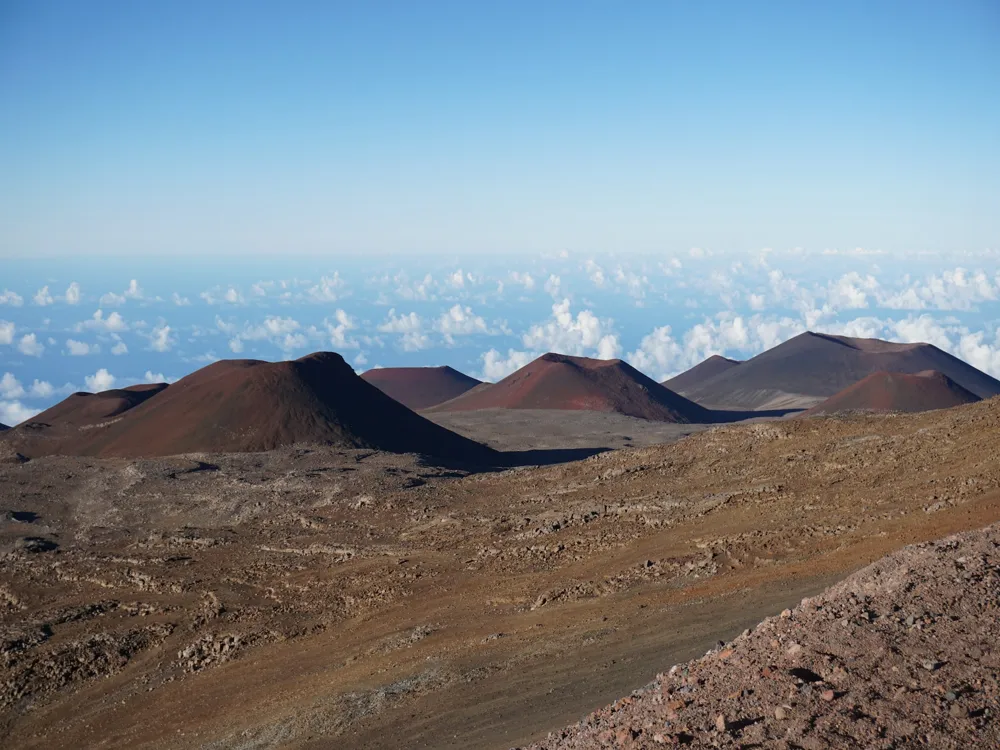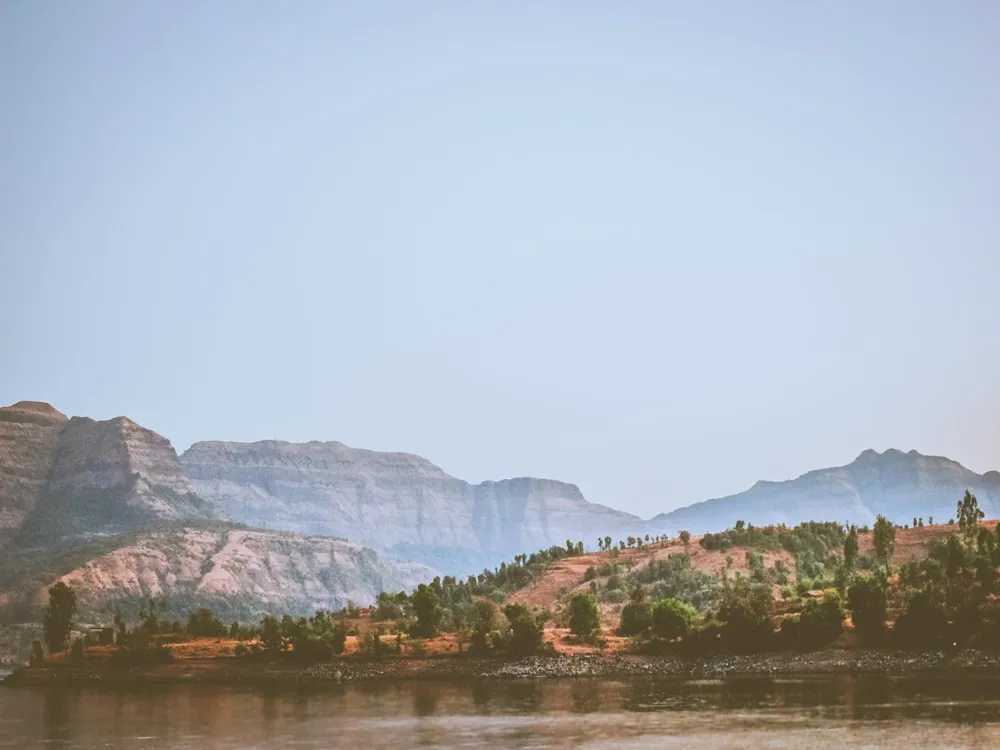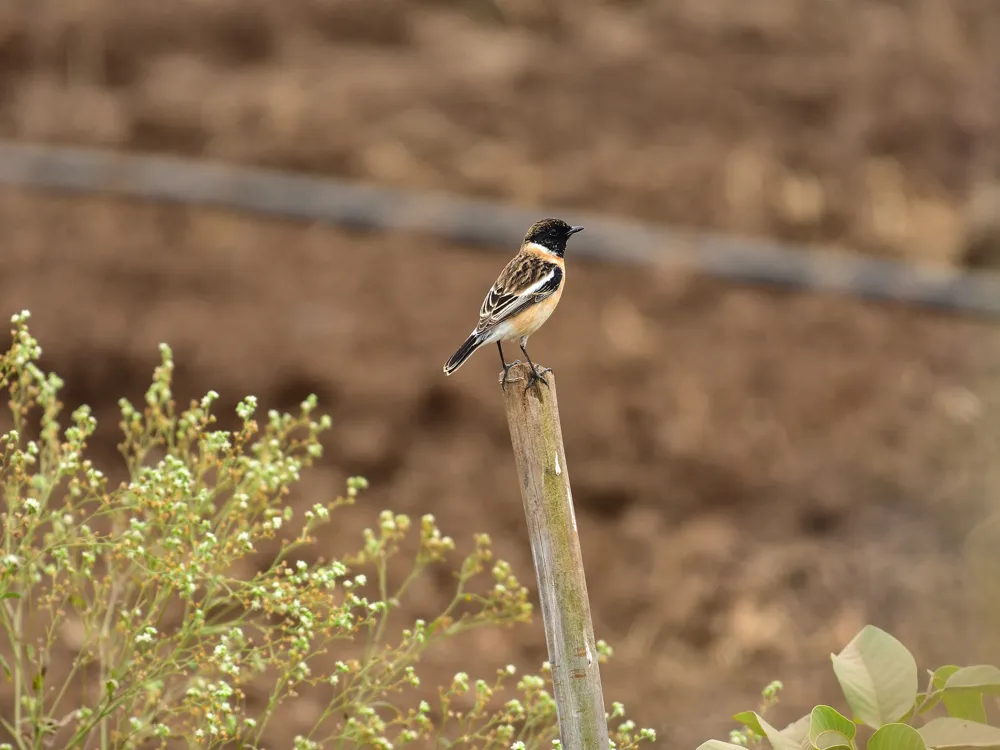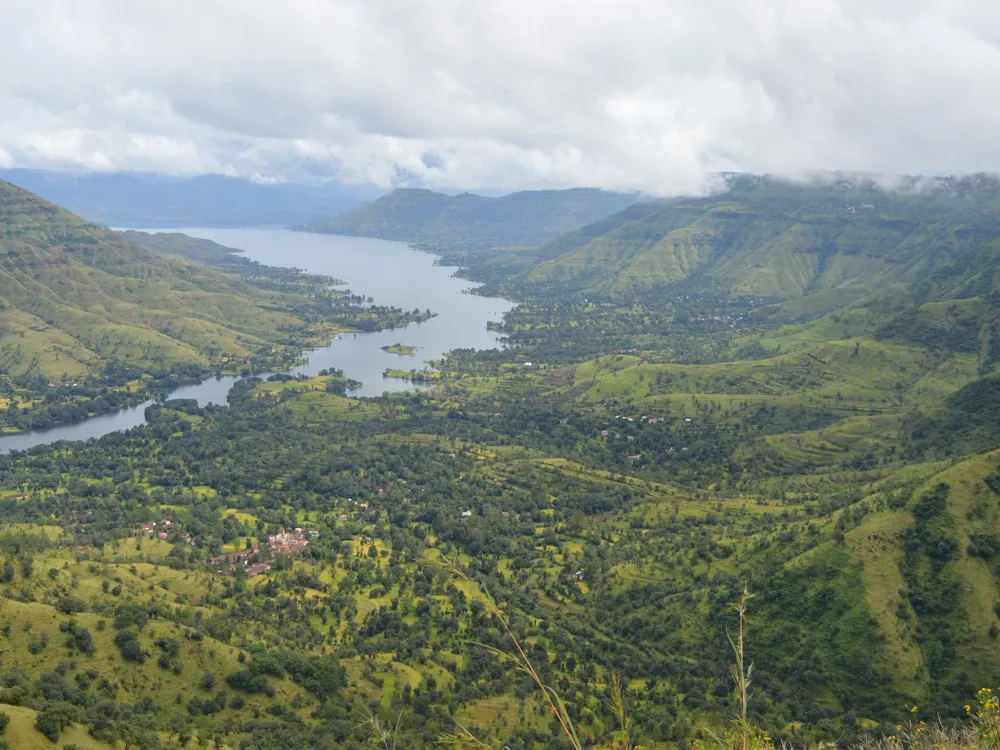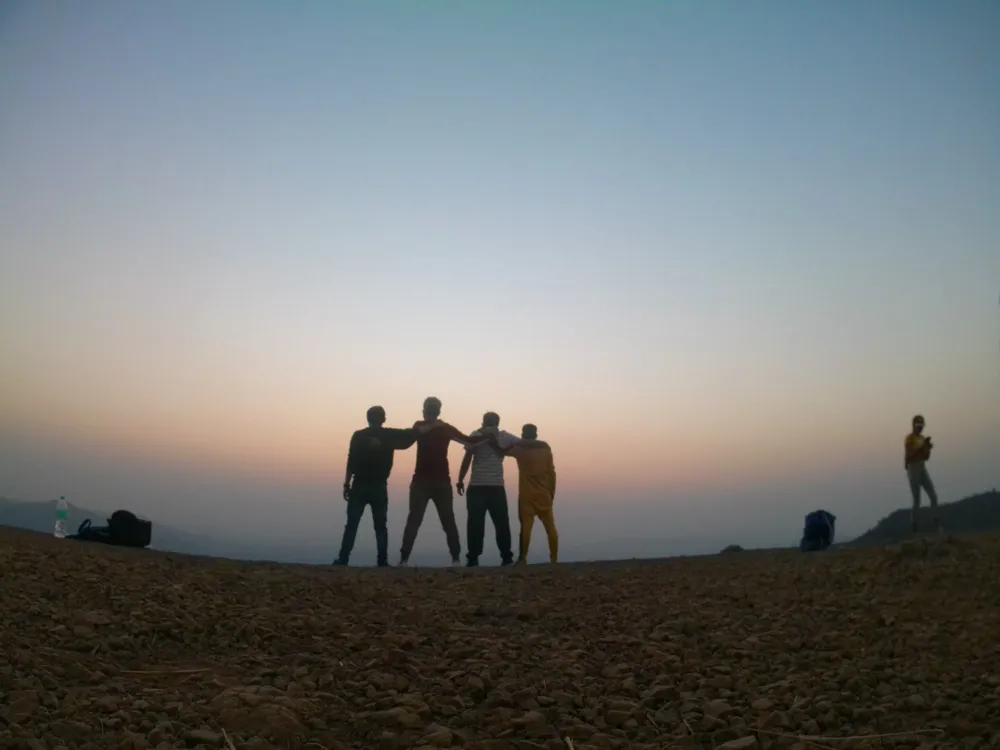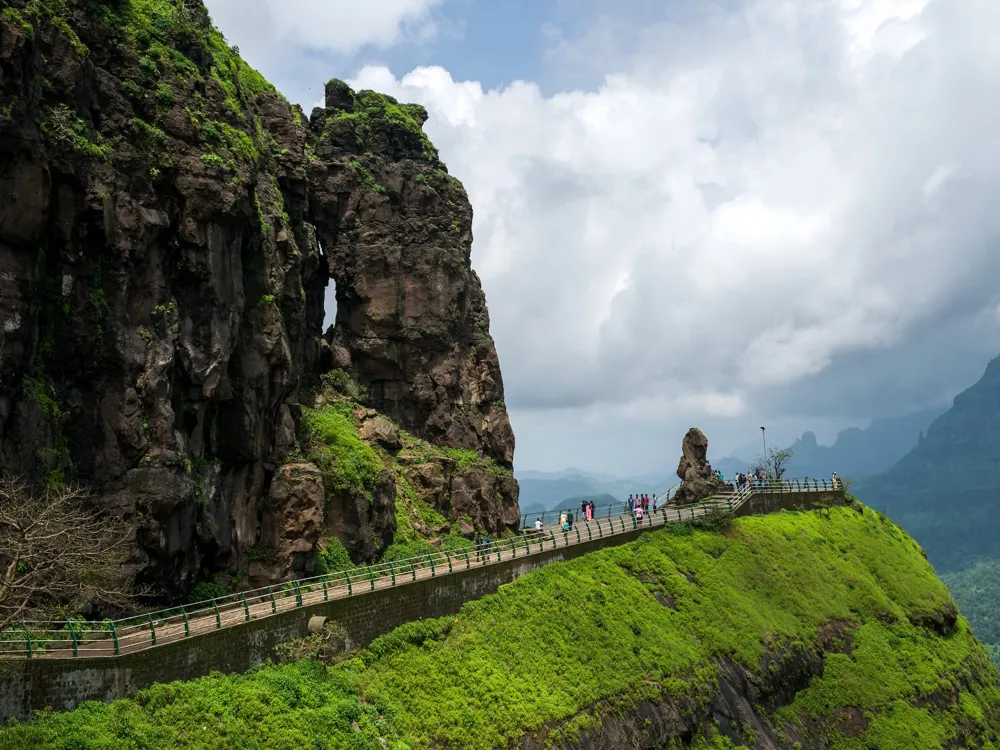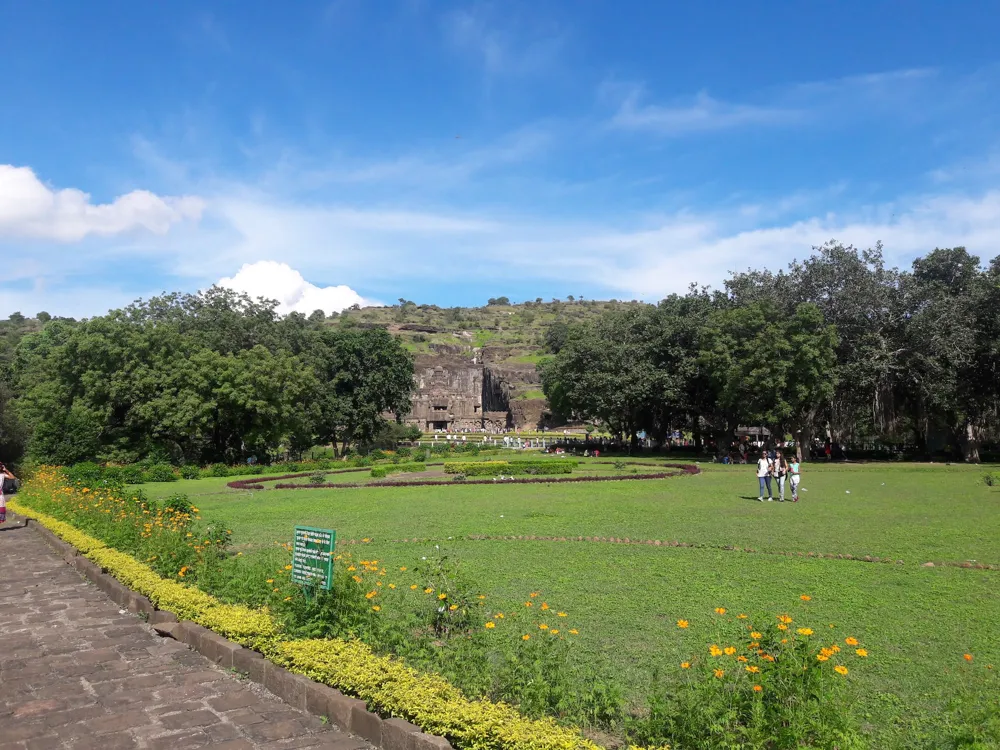Nestled in the Sahyadri ranges of Maharashtra, Salher Trek is a captivating experience for trekkers and history enthusiasts alike. This trek, located near Nasik, takes you through a journey of scenic landscapes and a remarkable blend of natural beauty and historical significance. Salher, the highest fort in Maharashtra, stands as a testament to the Maratha empire's architectural prowess and strategic acumen. The trek to Salher Fort is not just a physical journey but a dive into the rich cultural heritage of Maharashtra. The fort, believed to have been built during the Bahmani Sultanate, later became a crucial site during the Maratha Empire. The fort's architecture reflects the ingenuity of its creators, with massive gates, watchtowers, and water reservoirs, designed to withstand long sieges. The trek itself is a mix of rugged terrains, dense forests, and occasional wildlife sightings, making it an exhilarating experience. As trekkers ascend the winding paths, they are greeted by the stunning views of the surrounding mountains and valleys. The region's biodiversity adds to the charm, with a variety of flora and fauna adorning the landscape. Historically, the Salher Fort has been a site of significant battles, most notably the Battle of Salher, a major encounter between the Marathas and the Mughals. The fort's strategic location made it a coveted possession for any ruler looking to control the region. Today, Salher Trek is more than just a historical site; it's a journey that brings together nature, history, and adventure. It's an opportunity to witness the architectural marvels of ancient India, understand the historical importance of the fort, and indulge in the serene beauty of the Sahyadris. The trek to Salher Fort is a perfect blend of challenge and beauty, making it a must-visit destination for anyone looking to explore the hidden gems of Maharashtra. The architecture of Salher Fort is a marvel in itself, showcasing the ingenuity and foresight of its builders. Built on a high plateau, the fort commands a strategic position overlooking the surrounding region. The main structure is made of stone, and despite the ravages of time, it stands as a proud reminder of the past. The design of the fort is a blend of military strategy and architectural beauty. The fort's walls are massive and interspersed with bastions that were used for defense. The main entrance is grand, yet designed to be easily defendable. Inside, the fort is a labyrinth of rooms, halls, and passages, each serving a specific purpose. The granaries, water reservoirs, and armories are indicative of the fort being self-sufficient during sieges. One of the unique features of Salher Fort is its water management system. The fort has several water tanks that collect rainwater, ensuring a steady supply during the dry season. This system was crucial for the survival of the fort's inhabitants, especially during prolonged sieges. The architectural style of the fort is a mix of Islamic and Maratha designs, reflecting the various rulers who controlled it over the centuries. The fort also houses temples and palaces, which add a cultural dimension to its primarily military nature. The temples are fine examples of the Maratha style of architecture, with intricate carvings and designs. The palaces, now mostly ruins, give a glimpse into the life of the royalty who once resided here. Exploring the architecture of Salher Fort is like walking through the pages of history. Each stone tells a story, and each structure is a witness to the events of the past. For architecture enthusiasts, Salher Trek is not just a physical exercise but a journey through the annals of architectural evolution in India. The ideal time to visit Salher Trek is from October to February when the weather is pleasant and conducive for trekking. The monsoon season, although beautiful, can make the trek slippery and challenging. Ensure you carry sturdy trekking shoes, a comfortable backpack, water bottles, snacks, a first-aid kit, and a flashlight. Wear comfortable and breathable clothing suited for trekking. It’s crucial to stay hydrated and energized. Carry enough water and energy bars or fruits to keep your energy levels up throughout the trek. Keep the fort and its surroundings clean. Carry back all non-biodegradable waste and avoid littering to preserve the natural beauty of the area. The trek passes through regions that may have wildlife. Be cautious and respect the natural habitat of the local fauna. Hiring a local guide can enrich your trekking experience. Guides can provide valuable information about the history and architecture of the fort. Salher Trek is accessible by road from Nasik. The nearest town is Satana, from where you can hire local transport to the base village of Salher. The trek begins from this village. For those traveling by train, the nearest railway station is Nasik Road, from which you can take a bus or taxi to Satana. Read More:Overview of Salher Trek in Nasik, Maharashtra
Architecture of Salher Trek
Tips When Visiting Salher Trek
Best Time to Visit
Essential Trekking Gear
Stay Hydrated and Energized
Respect the Environment
Be Mindful of Wildlife
Local Guides and Information
How To Reach Salher Trek
Salher Trek
Nasik
Maharashtra Goa
NaN onwards
View nasik Packages
Weather :
Tags : Trekking & Hiking
Time Required : 2-3 days
Planning a Trip? Ask Your Question
Nasik Travel Packages
View All Packages For Nasik
Top Hotel Collections for Nasik

Private Pool

Luxury Hotels

5-Star Hotels

Pet Friendly
Top Hotels Near Nasik
Other Top Ranking Places In Nasik
View All Places To Visit In nasik
View nasik Packages
Weather :
Tags : Trekking & Hiking
Time Required : 2-3 days
Planning a Trip? Ask Your Question
Nasik Travel Packages
View All Packages For Nasik
Top Hotel Collections for Nasik

Private Pool

Luxury Hotels

5-Star Hotels

Pet Friendly








